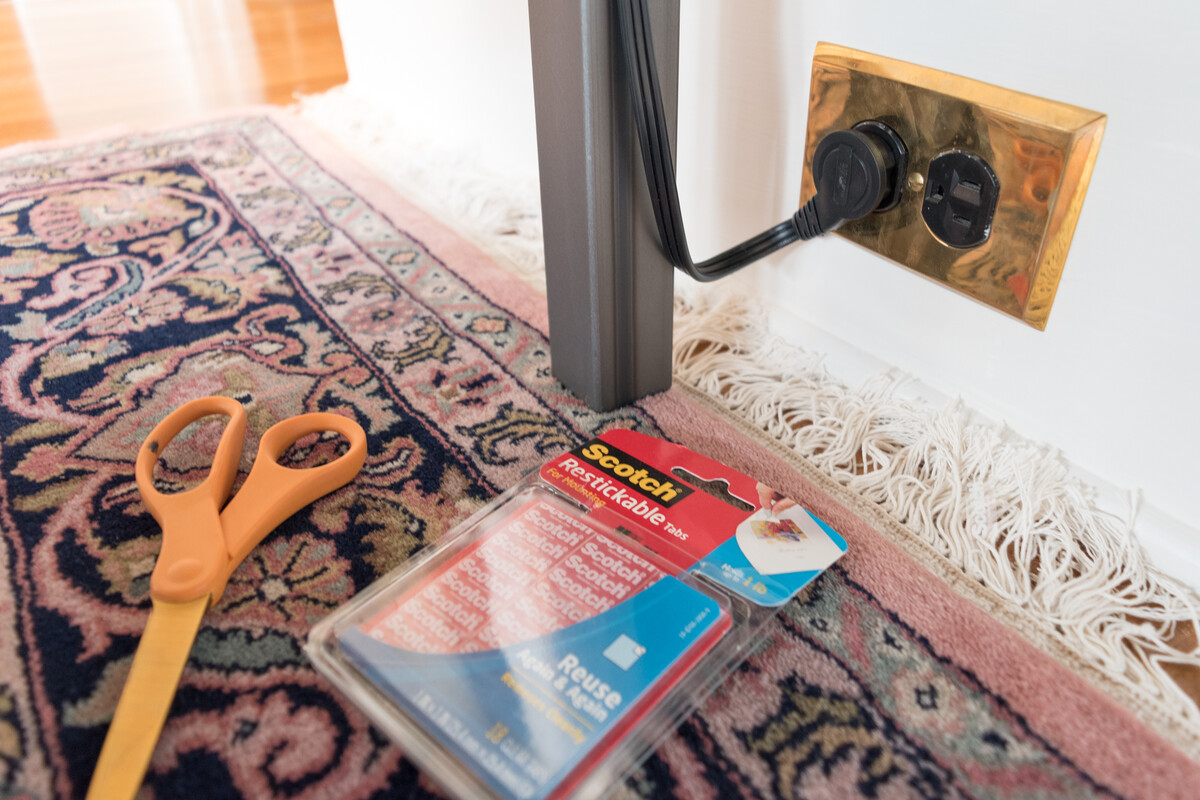

Articles
How To Hide An Extension Cord
Modified: May 6, 2024
Learn how to hide an extension cord with our informative articles. Discover creative ways to keep your space tidy and safe from tripping hazards.
(Many of the links in this article redirect to a specific reviewed product. Your purchase of these products through affiliate links helps to generate commission for Storables.com, at no extra cost. Learn more)
Introduction
Extension cords are a convenient and essential tool for powering multiple devices in various locations. However, they can often be an eyesore and pose a safety hazard if left exposed or lying around. Fortunately, there are several clever ways to hide extension cords and keep your space looking tidy and organized.
In this article, we will guide you through the steps to effectively hide an extension cord, eliminating unsightly wires and ensuring the safety of your home or workspace. From determining the ideal location to securely concealing the cord, we will cover everything you need to know to achieve a seamless, clutter-free environment.
So, whether you’re looking to hide an extension cord in your living room, office, or outdoor space, read on to discover the best methods that will not only keep your space tidy but also maximize safety.
Note: Before attempting to hide an extension cord, it’s important to ensure that your cord is suitable for the intended use, properly rated for the electrical load, and in good condition. Safety should always be the top priority when dealing with electrical items.
Key Takeaways:
- Carefully consider accessibility, aesthetics, functionality, and length when determining the ideal location to hide an extension cord. Prioritize safety and avoid water sources or heat exposure.
- Choose the appropriate hiding method, such as concealing behind furniture, utilizing cable management solutions, or creating a hidden path with decorative elements. Safety and secure positioning are crucial for a clutter-free and safe space.
Read more: How To Hide An Extension Cord Outside
Step 1: Determine the ideal location for hiding the extension cord
The first step in effectively hiding an extension cord is to carefully consider the ideal location where it can be concealed. This will depend on the specific needs and layout of your space. Here are a few factors to keep in mind when determining the perfect spot:
- Accessibility: Choose an area that allows easy access to the power source and the devices you need to connect. It should be convenient to plug and unplug the cord when necessary.
- Aesthetic: Consider the overall aesthetic of the room or space. Look for areas where the extension cord won’t disrupt the visual appeal or clash with the existing decor. Think about blending it in with the surroundings for a seamless look.
- Functionality: Evaluate the purpose and usage of the room. Determine if the extension cord needs to be hidden for practical reasons, such as avoiding tripping hazards or creating a clutter-free workspace.
- Length: Take into account the length of the extension cord and ensure that it can reach the desired location without being overly taut or stretched. Opt for a cord length that provides flexibility and versatility.
Once you have carefully considered these factors, you’ll be able to identify the best location to hide the extension cord. It could be behind furniture, along walls, under rugs, or even in hidden compartments specifically designed for this purpose. The goal is to find a spot that is both convenient and discreet.
Remember to also factor in safety considerations when determining the location. Avoid placing the cord near water sources or in areas where it may be exposed to heat or potential damage. Always prioritize safety when positioning the cord in hidden spaces.
Now that you’ve identified the ideal location, you’re ready to move on to the next step: choosing the appropriate method to conceal the extension cord.
Step 2: Choose the appropriate hiding method for your situation
Once you have determined the ideal location to hide your extension cord, it’s time to choose the appropriate hiding method. There are various techniques and products available that can help conceal the cord and maintain a clean, organized appearance in your space. Here are three common methods to consider:
- Method 1: Concealing behind furniture or fixtures: One simple and cost-effective way to hide an extension cord is by positioning it discreetly behind furniture or fixtures. For example, you can run the cord along the backside of a bookshelf or TV stand, using adhesive clips or cable management solutions to keep it in place. Be sure to choose furniture pieces or fixtures that offer enough clearance to conceal the cord effectively.
- Method 2: Utilizing cable management solutions: Cable management solutions, such as cord covers or raceways, are designed to neatly encase and hide wires. These products come in various styles, including adhesive-backed options or paintable covers that blend with your wall color. Simply install the cable management solution along the desired path, guiding the extension cord inside to keep it out of sight.
- Method 3: Creating a hidden path with decorative elements: For a more creative approach, you can incorporate decorative elements to hide the extension cord. This could involve using baseboard molding or crown molding to create a hidden channel for the cord to run along the wall. Another idea is to hide the cord behind curtains or drapes, creating an elegant and functional solution that adds a touch of style to the space.
When choosing the most suitable hiding method, consider factors such as budget, aesthetic preference, and the level of permanence required. Some methods may be more suitable for temporary hiding, while others provide a long-term solution. It’s important to evaluate your specific situation and choose the method that best meets your needs.
Remember, the goal is not only to conceal the extension cord but also to ensure the safety of the electrical connection. Whichever method you choose, make sure the cord is securely positioned and not at risk of being damaged or causing a trip hazard.
With the appropriate hiding method chosen, you can now move on to the next step: safely securing the hidden extension cord.
Method 1: Concealing behind furniture or fixtures
One of the simplest and most effective methods to hide an extension cord is by concealing it behind furniture or fixtures. This method allows you to make use of existing items in your space to create a seamless and clutter-free look. Here’s how to do it:
- Select the right furniture: Choose the right piece of furniture that can hide the extension cord. Look for furniture items with gaps or openings at the back that can accommodate the cord. This could include bookshelves, TV stands, or cabinets.
- Position the furniture: Move the furniture away from the wall slightly so that there is a gap between the back of the furniture and the wall. This gap will provide space for the extension cord to pass through.
- Route the cord: Carefully guide the extension cord from the power source towards the gap behind the furniture. You may need to use adhesive clips or cable management solutions to secure the cord along the wall and direct it towards the opening.
- Plug in: Once the cord is properly routed, plug it into the power source. Ensure that the connection is secure and that the cord is not overstretched or tangled.
- Position the furniture: Push the furniture back against the wall, aligning it with the hidden extension cord. Ensure that the furniture is stable and not putting any pressure on the cord.
By concealing the extension cord behind furniture or fixtures, you can easily hide the cord while still maintaining access to the power source. This method is particularly effective in areas where there is furniture already positioned against the wall, as it allows the cord to be discreetly tucked away.
Remember to regularly inspect the cord and furniture to ensure that there is no damage or wear that could pose a safety risk. If you rearrange your furniture, be mindful of the hidden cord and adjust its position accordingly.
Now that you’re familiar with Method 1, you can move on to exploring Method 2: utilizing cable management solutions.
Method 2: Utilizing cable management solutions
Another effective way to hide an extension cord is by utilizing cable management solutions. These products are specifically designed to neatly encase and conceal wires, providing a streamlined and organized appearance. Here’s how you can use cable management solutions to hide your extension cord:
- Select the appropriate cable management solution: There are various cable management solutions available, such as cord covers, raceways, or wire channels. Choose a solution that suits your space and the level of concealment you desire. Consider factors such as the length of the extension cord and the aesthetic of your room.
- Plan the path: Determine the path you want the extension cord to follow. This could be along the baseboard, up the wall, or even across the ceiling. Take measurements and plan accordingly to ensure that you have enough cable management solution to cover the entire route.
- Prepare the surface: Clean the surface where you will be installing the cable management solution. This will ensure proper adhesion and reduce the chances of the solution coming loose over time. If necessary, use a level to ensure the solution will be installed straight and even.
- Install the cable management solution: Follow the manufacturer’s instructions to install the chosen cable management solution. This may involve peeling off adhesive backing, snapping pieces together, or screwing brackets into place. Be sure to carefully lay the extension cord inside the cable management solution, ensuring it is held securely in place.
- Finishing touches: Once the cable management solution is installed and the extension cord is concealed, double-check to ensure that everything is properly secured. Use any provided clips or fasteners to hold the cord in place within the solution. Make adjustments as needed to ensure a neat and tidy appearance.
By utilizing cable management solutions, you can effectively hide the extension cord while keeping it safely organized. These solutions not only provide a clean look but also protect the cord from damage and reduce the risk of tripping hazards.
Remember to regularly inspect the cable management solution to ensure that it remains securely in place and undamaged. If you need to remove the extension cord for any reason, simply detach it from the cable management solution and reattach it when necessary.
Now that you’re familiar with Method 2, let’s move on to exploring Method 3: creating a hidden path with decorative elements.
When hiding an extension cord, consider using cord covers or raceways to conceal the cord along baseboards or walls. This will help prevent tripping hazards and keep the area looking tidy.
Method 3: Creating a hidden path with decorative elements
If you’re looking for a more creative and stylish way to hide an extension cord, Method 3 involves creating a hidden path using decorative elements. This method allows you to incorporate the extension cord into your room’s aesthetic while keeping it discreetly out of sight. Here’s how you can create a hidden path with decorative elements:
- Select the decorative elements: Choose decorative elements that can serve as a path or cover for the extension cord. This could include baseboard molding, crown molding, or even decorative tape or trim that matches your room’s theme.
- Plan the hidden path: Determine the route you want the extension cord to follow. This could be along the walls, near the ceiling, or even along the edges of furniture. Consider the layout and design of your space, ensuring that the hidden path is visually appealing and seamlessly blends in with the surroundings.
- Prepare the surface: Clean the surface where you will be installing the decorative elements. This will ensure proper adhesion or installation. If necessary, use a level to ensure that the decorative elements will be straight and even.
- Install the decorative elements: Depending on the chosen decorative elements, you may need to apply adhesive, use nails, or secure them with other suitable methods. Carefully guide the extension cord along the path created by the decorative elements, ensuring that it remains hidden beneath or behind them.
- Finishing touches: Take a step back and assess the final look of the hidden path. Make any necessary adjustments to ensure that the extension cord is effectively concealed and that the decorative elements are properly installed.
Creating a hidden path with decorative elements not only conceals the extension cord but also adds a touch of style to your space. This method allows you to transform the cord into a design element, giving it a purpose beyond its functionality.
Remember to periodically check the decorative elements to ensure they remain securely in place and undamaged. If you need to access the extension cord or rearrange your furniture, be mindful of the hidden path and make adjustments as needed.
With Method 3, you have a creative and aesthetically pleasing way to hide your extension cord. Now, you’re ready to move on to the next step: safely securing the hidden extension cord.
Step 3: Safely secure the hidden extension cord
Once you’ve successfully hidden your extension cord using one of the methods described earlier, it’s crucial to ensure it is safely secured to minimize any potential hazards. Here are some important steps to follow to ensure the hidden extension cord remains secure:
- Check the stability: Make sure that the furniture, fixtures, or decorative elements that conceal the extension cord are stable and secure. Avoid placing any objects on top of the cord, as this could cause it to become damaged or create a fire risk.
- Avoid sharp edges: Ensure that the cord is not in contact with sharp or rough edges that could potentially cause damage or wear over time. Routinely inspect the area to identify any potential risks and make necessary adjustments to protect the cord.
- Prevent entanglement: Regularly check the hidden extension cord to ensure it is not tangled or knotted. If you notice any tangles, gently untangle them to prevent strain on the cord and maintain a safe electrical connection.
- Monitor heat sources: Keep the hidden extension cord away from heat sources to prevent damage or overheating. Ensure that it is not in contact with radiators, heaters, or other appliances that generate heat. This will help prevent the risk of a fire or electrical malfunction.
- Perform regular inspections: Regularly inspect the hidden extension cord for any signs of wear, fraying, or damage. If you notice any issues, such as exposed wires or insulation damage, immediately replace the cord to avoid potential electrical hazards.
Remember, safety should always be a top priority when dealing with electrical connections, even if they are hidden from view. By taking these safety precautions, you can enjoy the convenience of a hidden extension cord while ensuring the well-being of your space and everyone in it.
Now that you’ve safely secured the hidden extension cord, it’s time for the final step: testing the functionality of the concealed cord.
Step 4: Test the functionality of the concealed extension cord
After successfully hiding and securing the extension cord, it’s essential to test its functionality to ensure that it is working properly and safely. Here are the steps to follow to test the concealed extension cord:
- Ensure all connections are secure: Double-check that the extension cord is securely plugged into the power source and that any devices or appliances connected to it are also properly plugged in. Confirm that all connections are snug and tight to avoid any electrical issues.
- Test the power supply: Turn on the devices or appliances that are connected to the concealed extension cord. Make sure they are receiving power and functioning as expected. Check for any signs of flickering or power interruptions that may indicate an issue with the cord’s connection.
- Inspect for any visible damage: As the devices or appliances are powered on, visually inspect the hidden extension cord for any signs of visible damage, such as exposed wires, fraying, or overheating. If you notice any irregularities, immediately disconnect the power supply and address the issue before using the cord further.
- Perform a load test: If you have multiple devices or appliances connected to the concealed extension cord, try using them simultaneously to test the load capacity. Make sure the cord can handle the power demand without overheating or tripping any circuit breakers.
- Monitor for safety issues: While the devices or appliances are running, monitor the hidden extension cord for any signs of heat, unusual smells, or excessive vibrations. These could indicate a potential safety hazard, and the cord should be immediately disconnected if any problems arise.
By thoroughly testing the functionality of the concealed extension cord, you can identify and address any issues before they become a safety concern. Regularly perform these tests to ensure the continued performance and reliability of the hidden cord.
Remember, safety should always be a priority when working with electrical connections. If you have any doubts or concerns about the functionality of the concealed extension cord, it’s always best to consult a professional electrician for guidance.
Congratulations! By completing this final step, you’ve successfully hidden and tested the functionality of your extension cord. Enjoy your clutter-free space with the confidence that your electrical needs are met safely and efficiently.
Now, it’s time to wrap up this process and conclude our guide to hiding an extension cord.
Conclusion
Hiding an extension cord can greatly enhance the visual appeal and safety of your living space or work environment. By following the steps outlined in this guide, you can effectively conceal your extension cord while maintaining functionality and minimizing potential hazards. Here’s a recap of the steps:
- Determine the ideal location for hiding the extension cord, considering accessibility, aesthetics, functionality, and length.
- Choose the appropriate hiding method for your situation, such as concealing behind furniture or fixtures, utilizing cable management solutions, or creating a hidden path with decorative elements.
- Safely secure the hidden extension cord by checking the stability, avoiding sharp edges, preventing entanglement, monitoring heat sources, and performing regular inspections.
- Test the functionality of the concealed extension cord by ensuring secure connections, testing the power supply, inspecting for visible damage, performing a load test, and monitoring for safety issues.
Remember, safety should always be a priority when working with electrical connections. Regularly inspect the hidden extension cord for any signs of wear or damage, and promptly address any issues that arise. If you are unsure about the safety or functionality of the cord, consult a professional electrician for assistance.
By effectively hiding your extension cord, you can create a clean, organized, and visually pleasing space. Say goodbye to unsightly wires and potential tripping hazards, and embrace a clutter-free environment that promotes both convenience and safety.
Now that you have the knowledge and steps to hide an extension cord, go ahead and transform your space into a more aesthetically pleasing and hassle-free area. Enjoy the functionality of your devices without the visual distractions of exposed cords.
Remember to always prioritize safety and regularly maintain and inspect your extension cords to ensure optimal performance. With the right approach and techniques, you can hide your extension cord seamlessly and enhance the overall ambiance of your space.
Happy hiding!
Now that you've mastered hiding extension cords, why not tidy up even more? Check out our guide on choosing fabric storage cubes for home organization to declutter efficiently. Feeling handy? Our easy DIY home improvement tips can help transform your space without breaking the bank. Also, don't miss our insights on essential items every living room should feature, ensuring your main gathering space is both comfortable and stylish.
Frequently Asked Questions about How To Hide An Extension Cord
Was this page helpful?
At Storables.com, we guarantee accurate and reliable information. Our content, validated by Expert Board Contributors, is crafted following stringent Editorial Policies. We're committed to providing you with well-researched, expert-backed insights for all your informational needs.
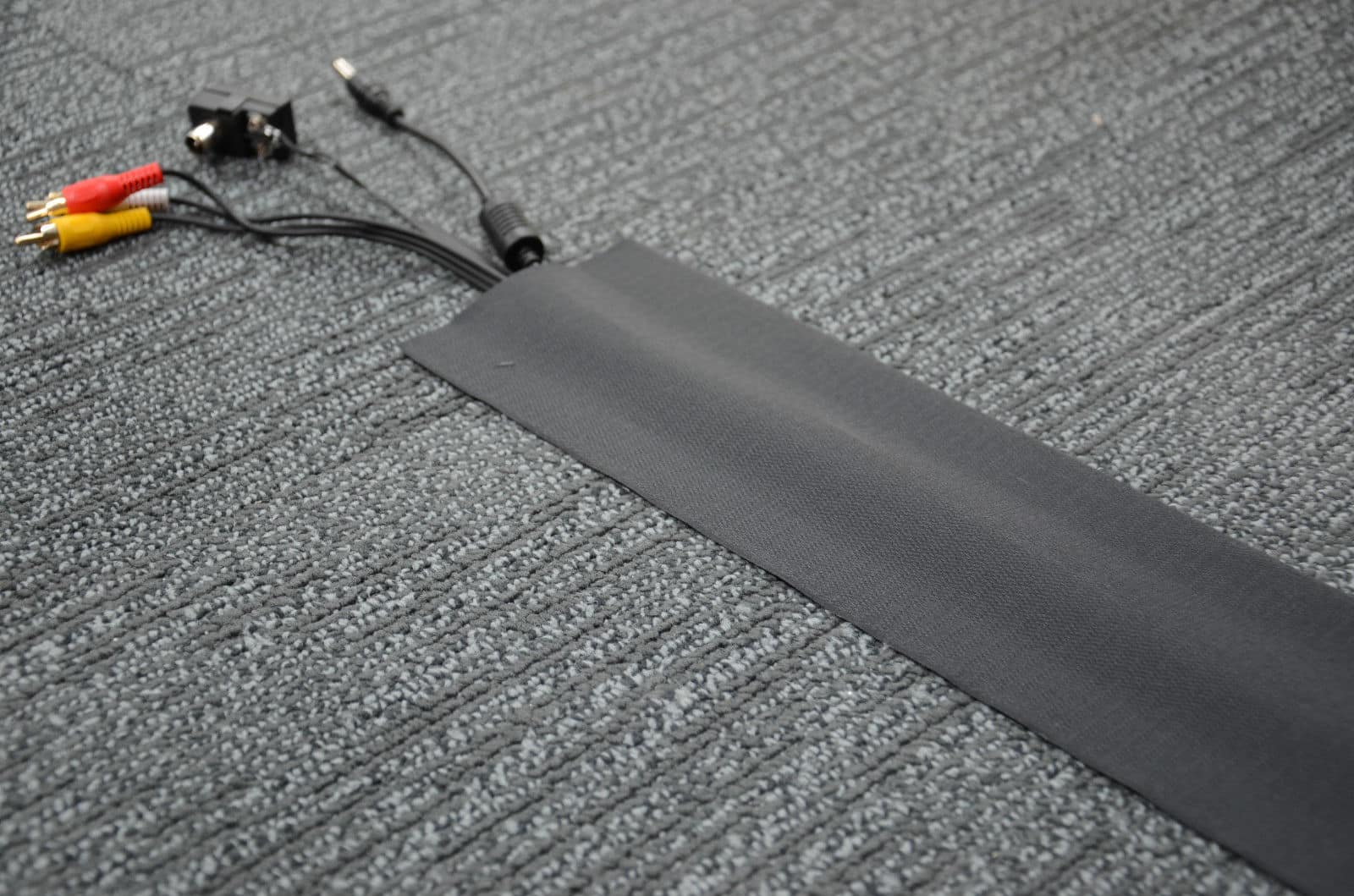
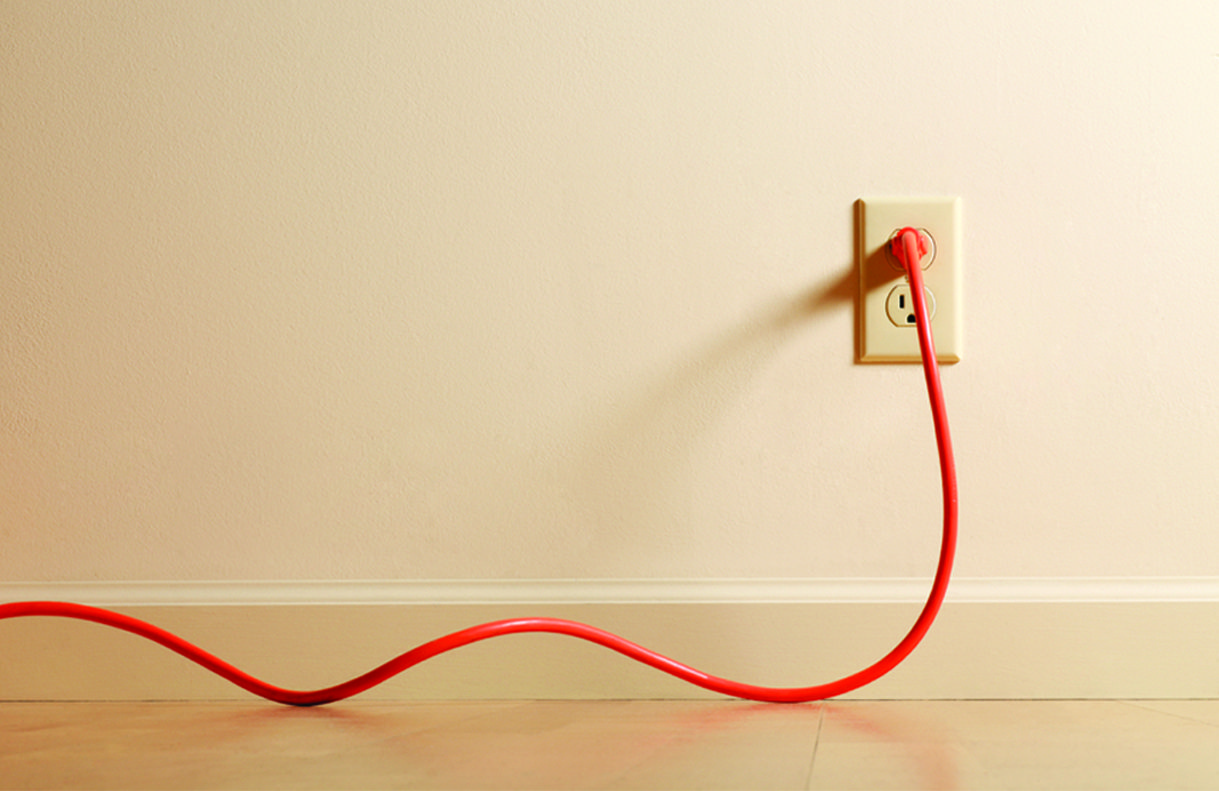
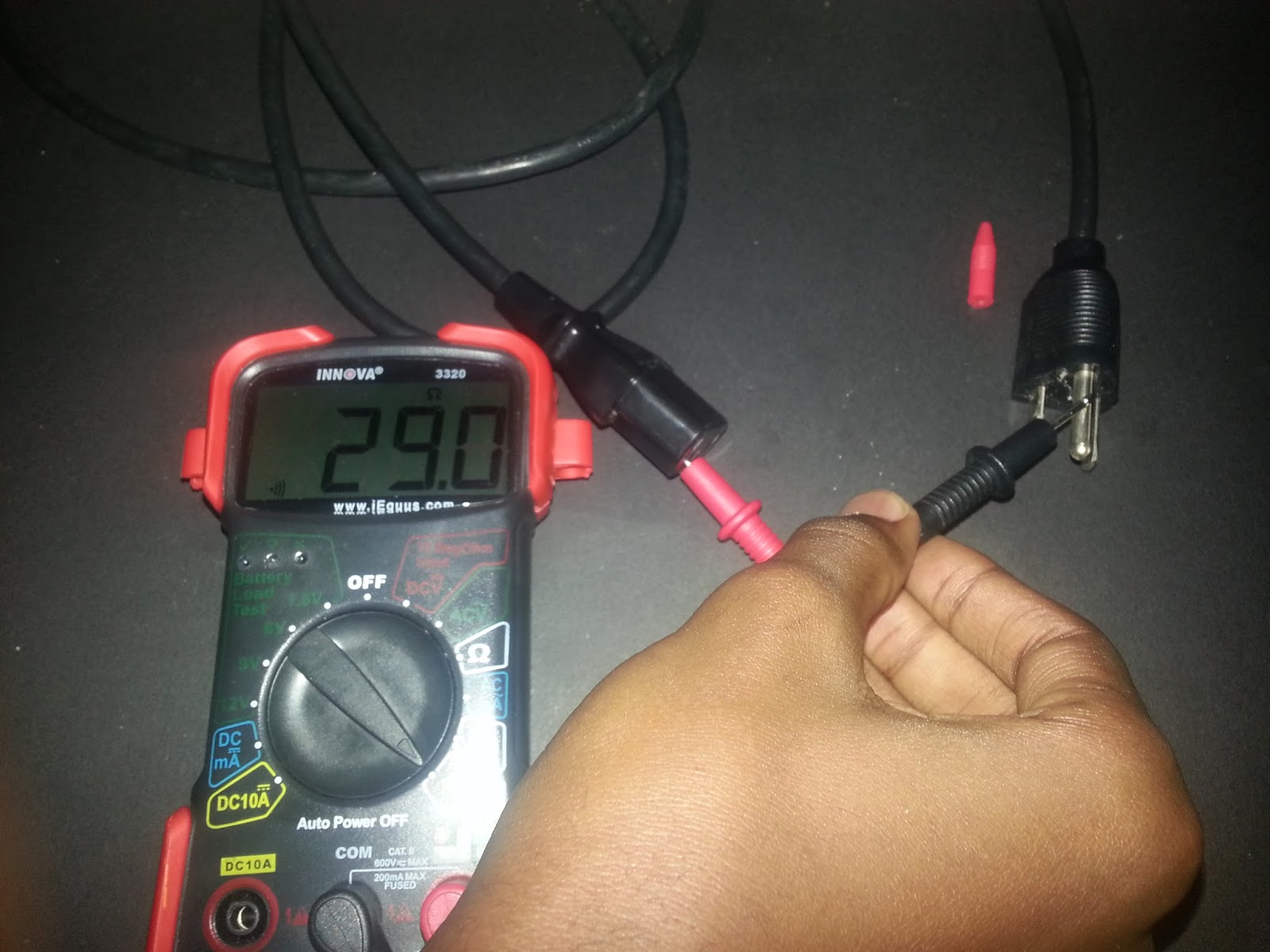

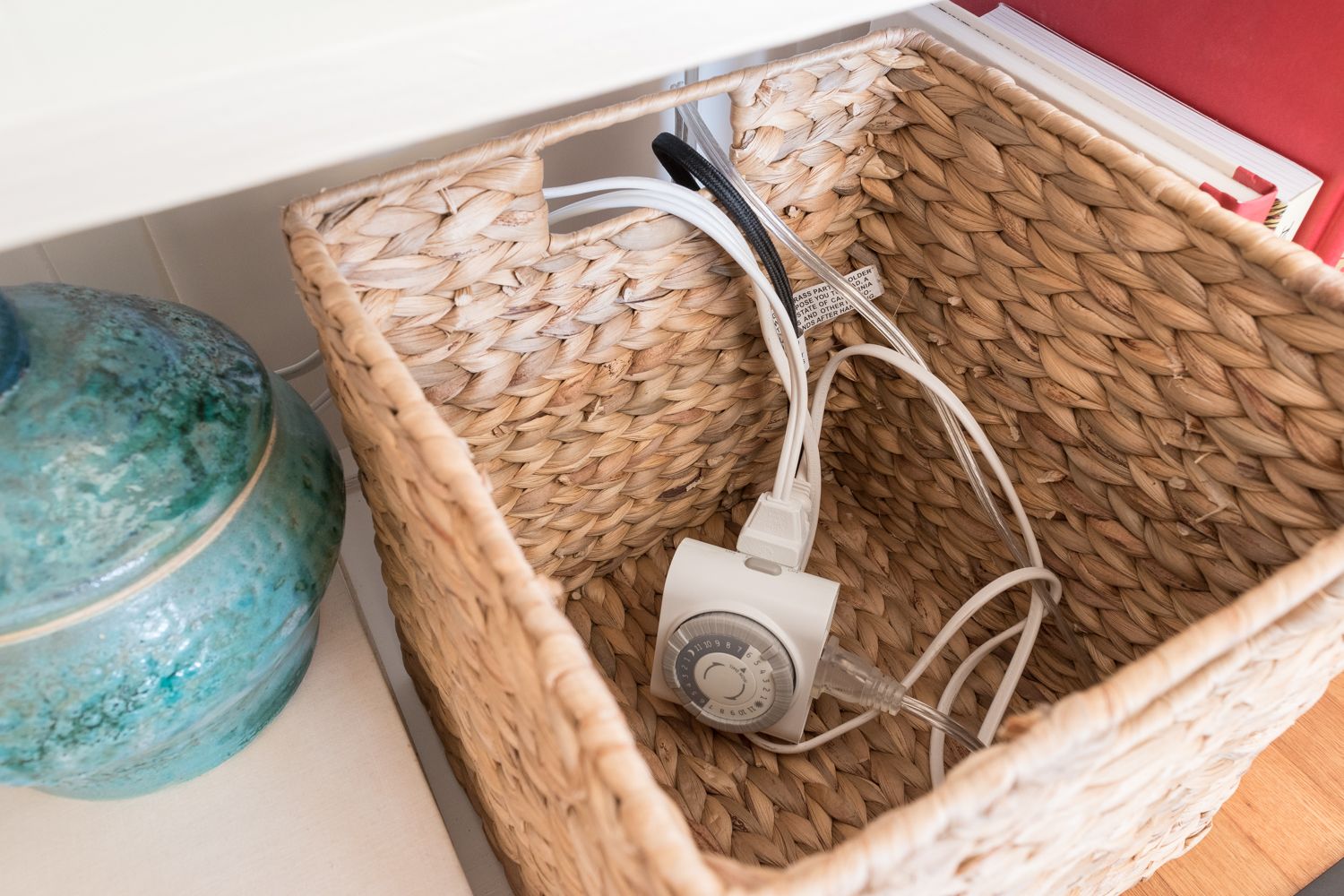
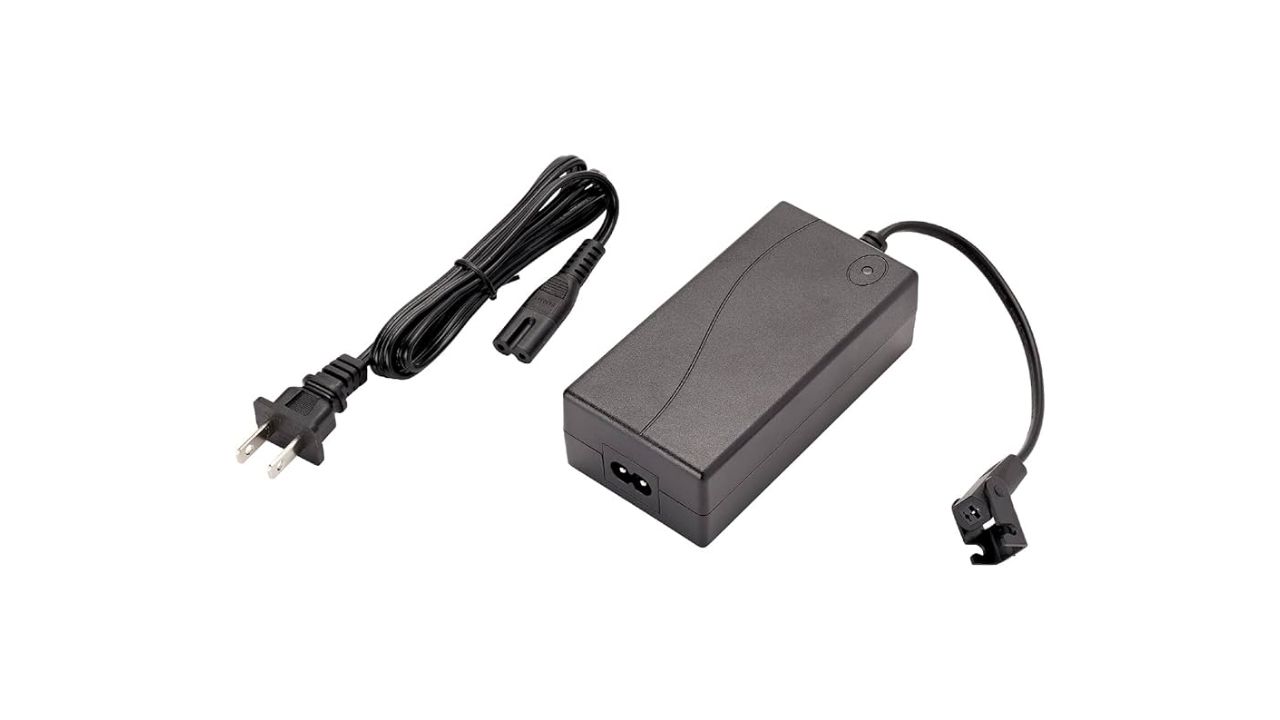
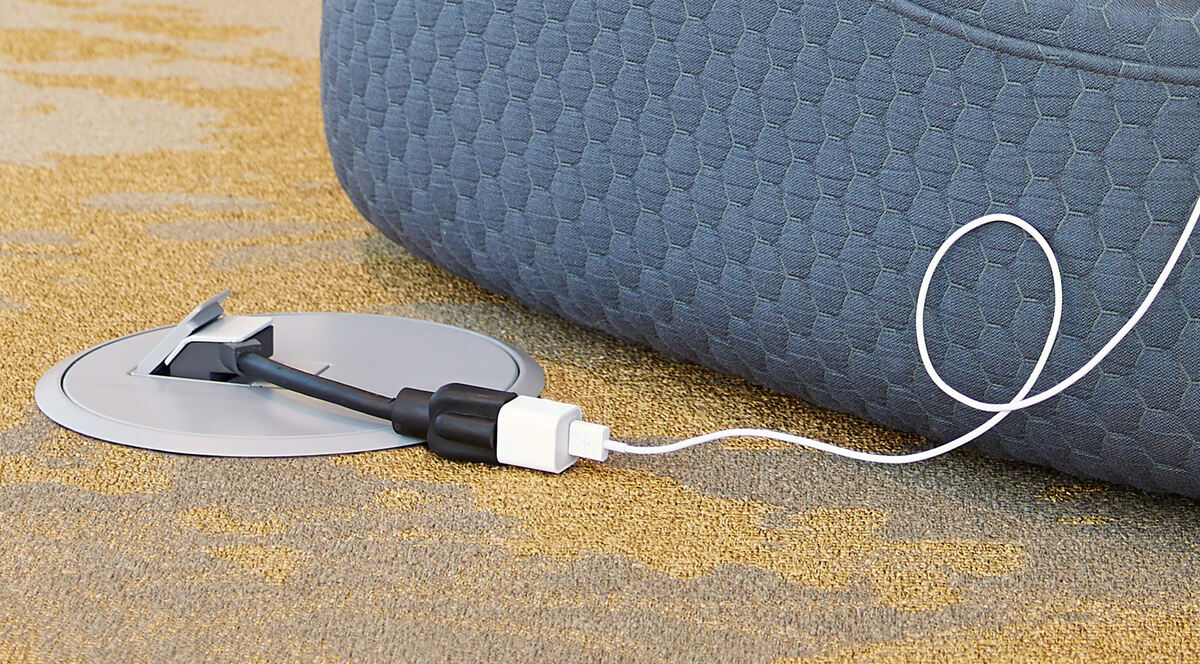

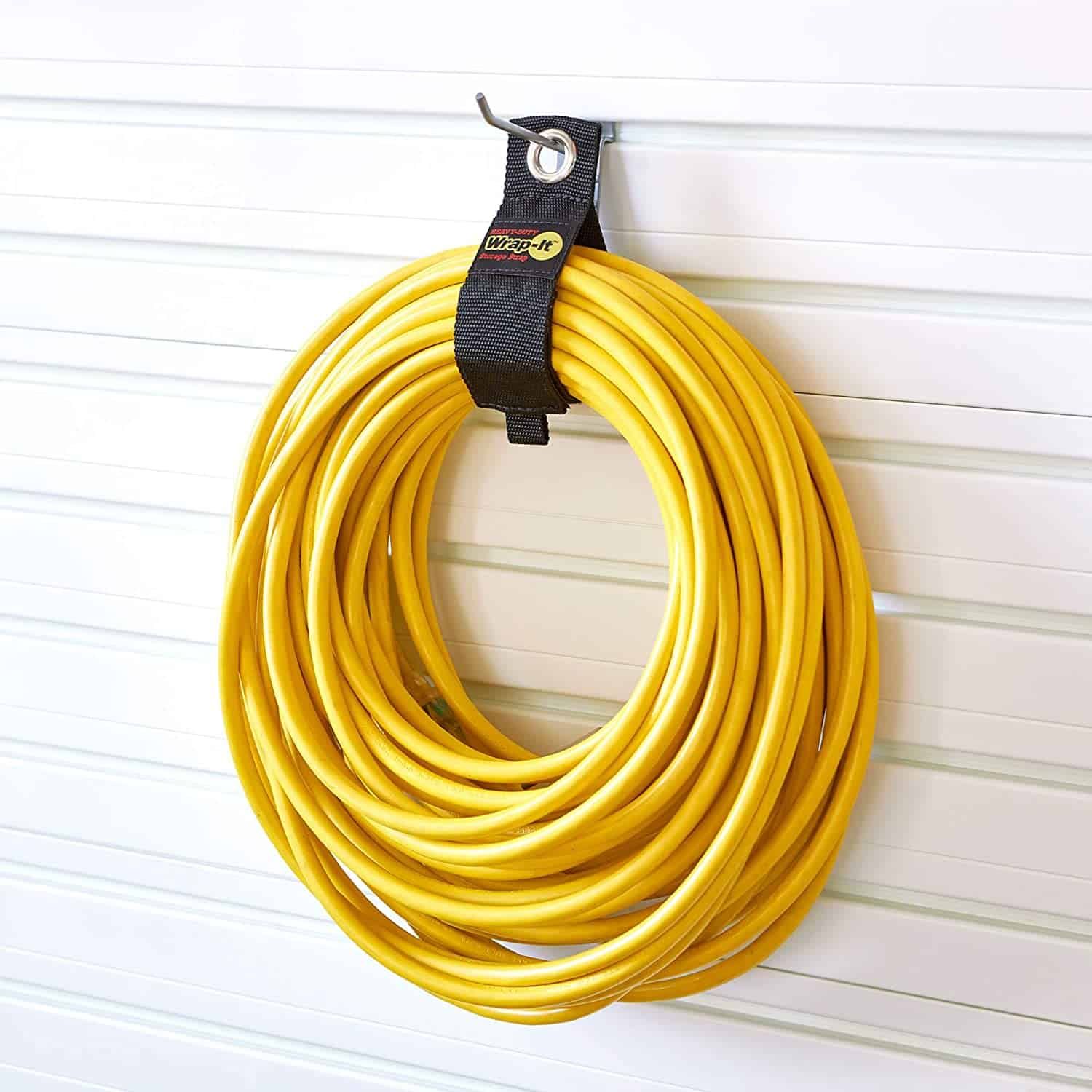
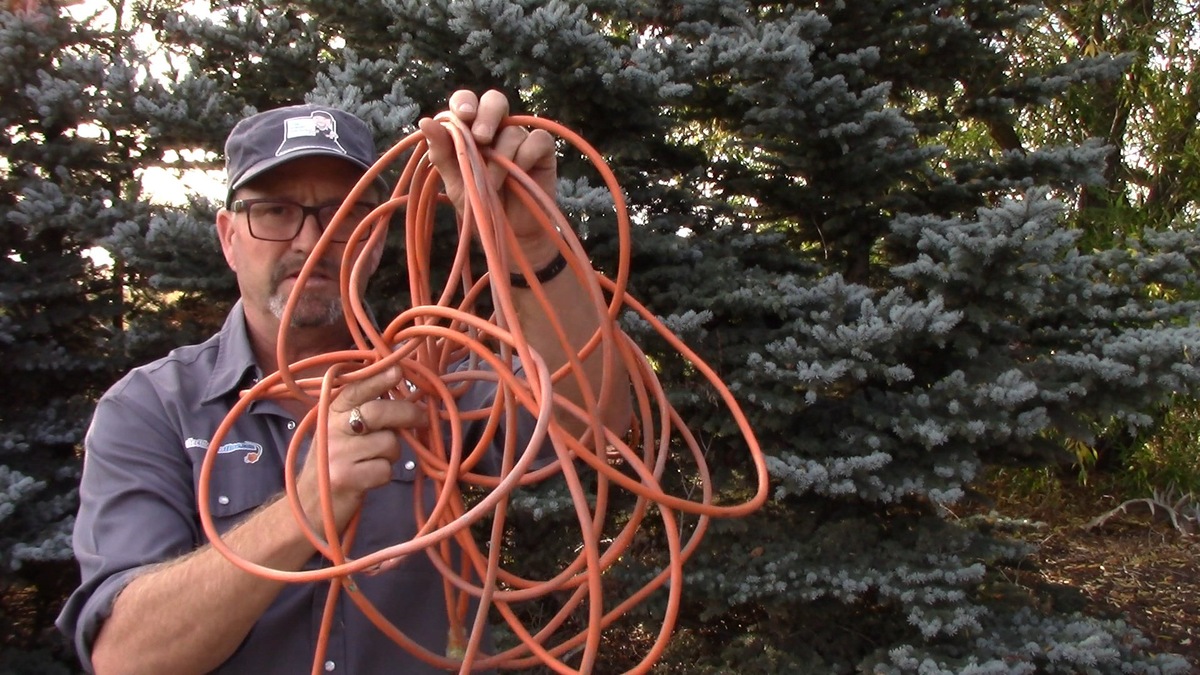
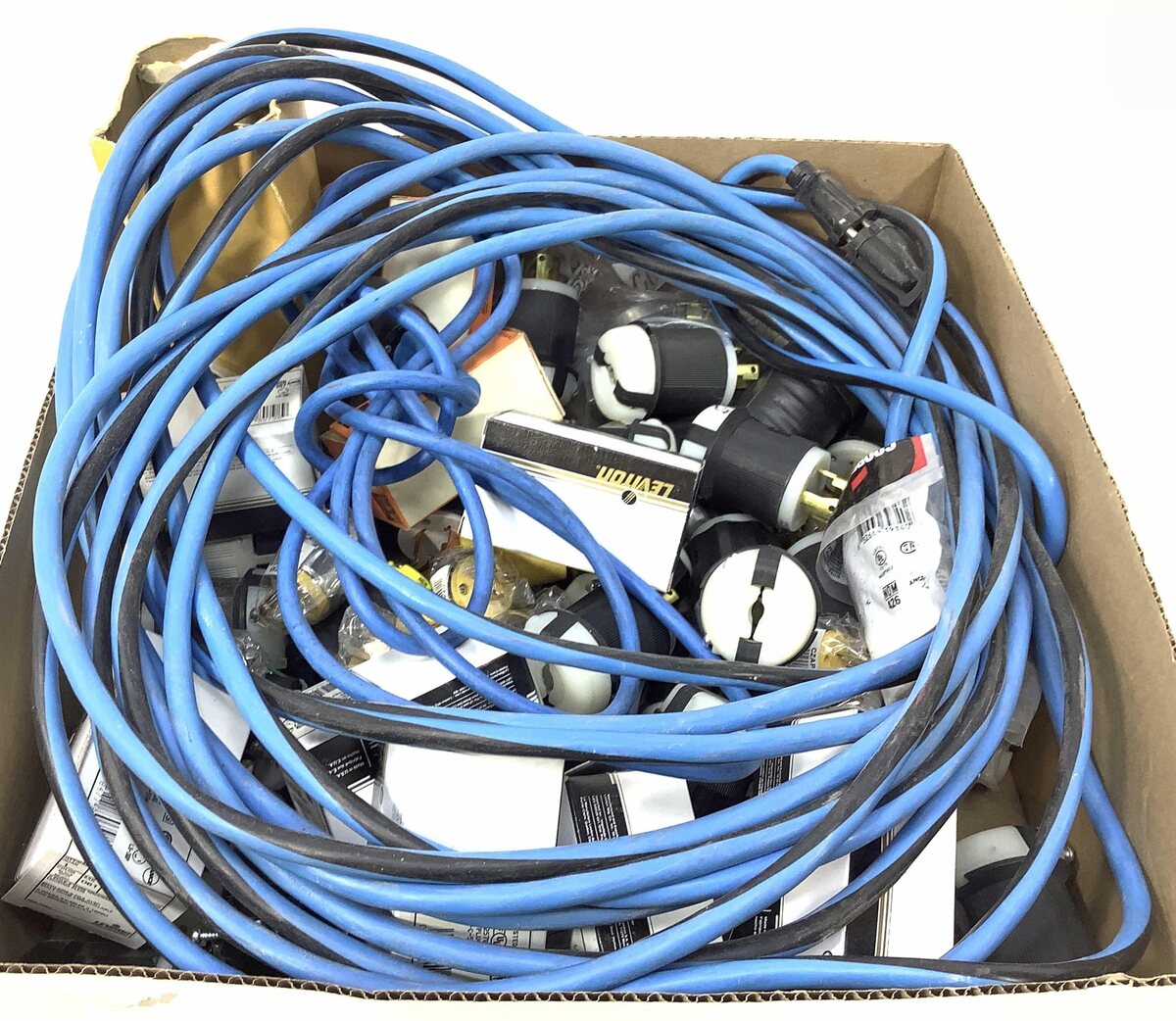
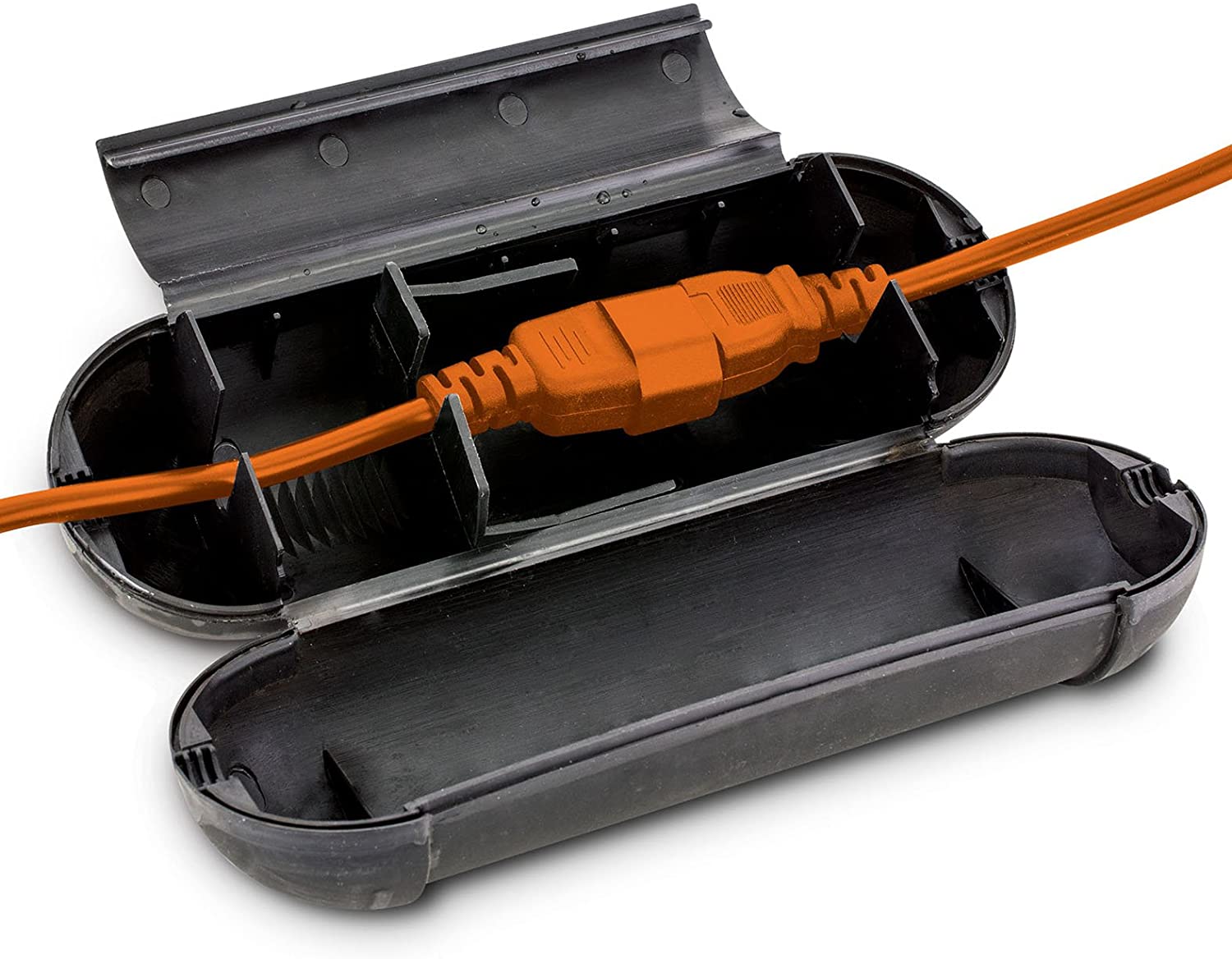
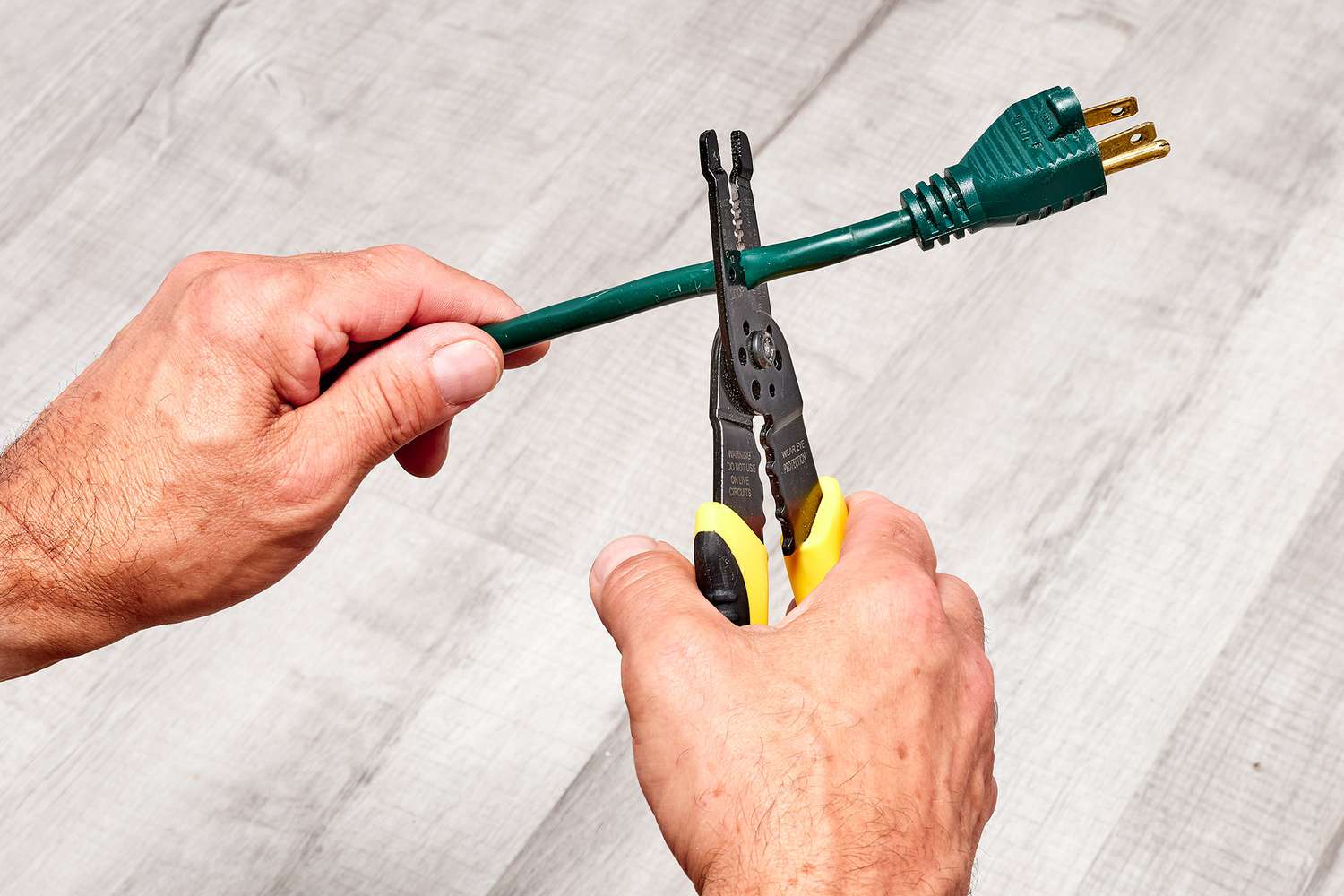
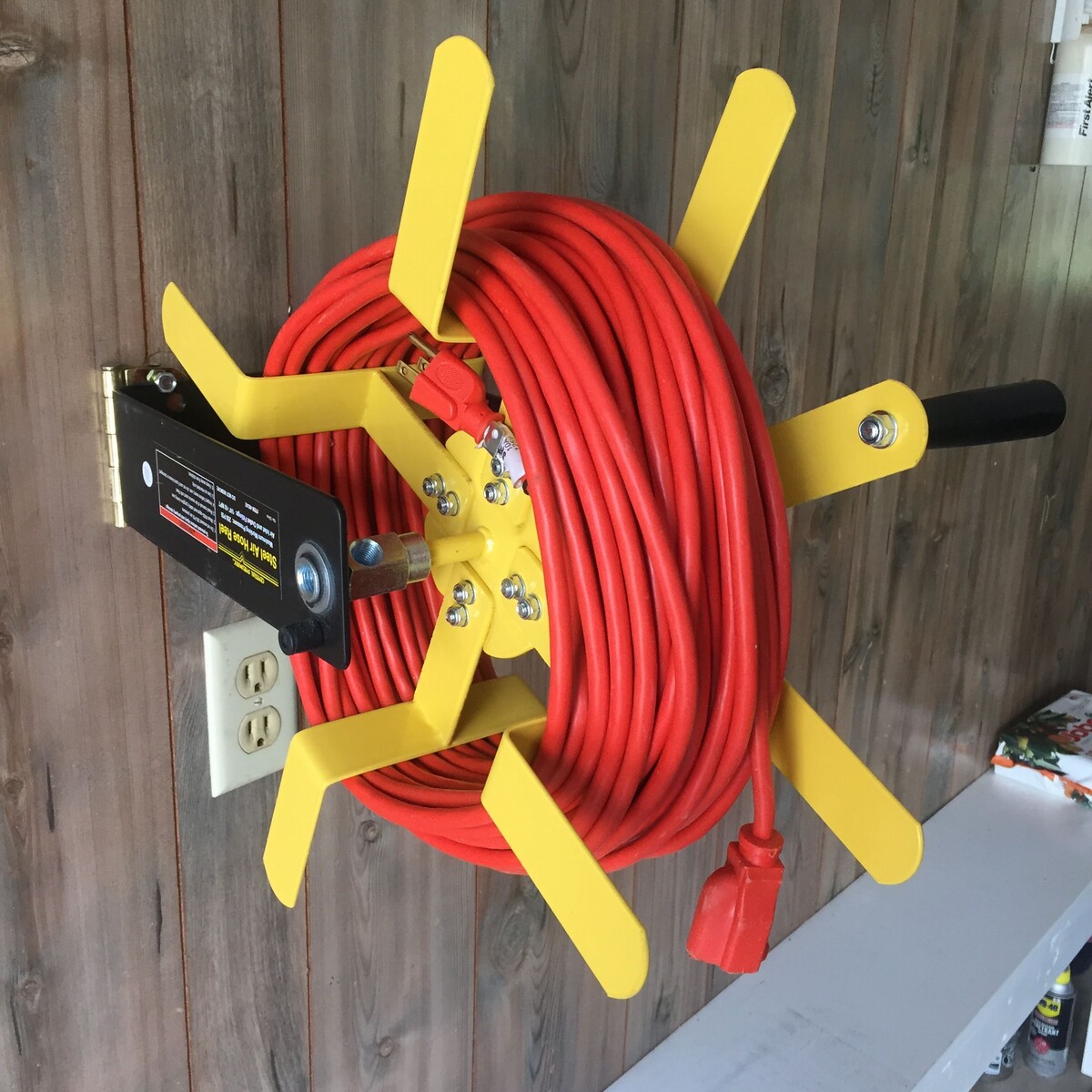

0 thoughts on “How To Hide An Extension Cord”